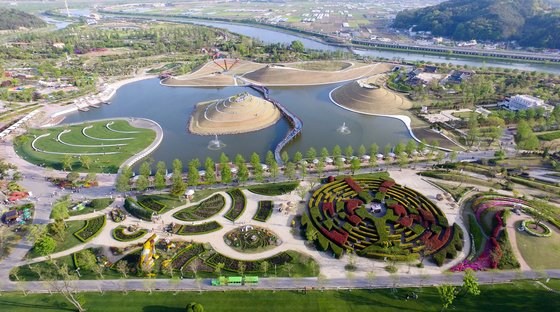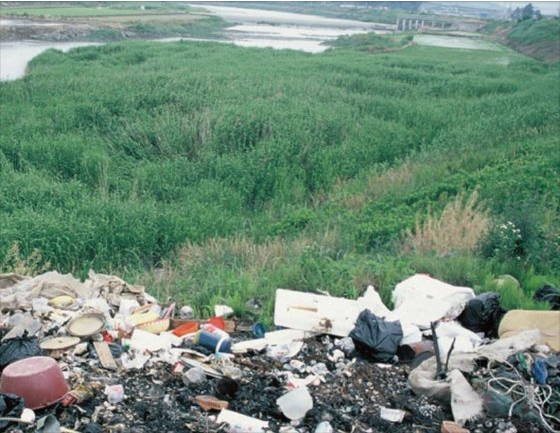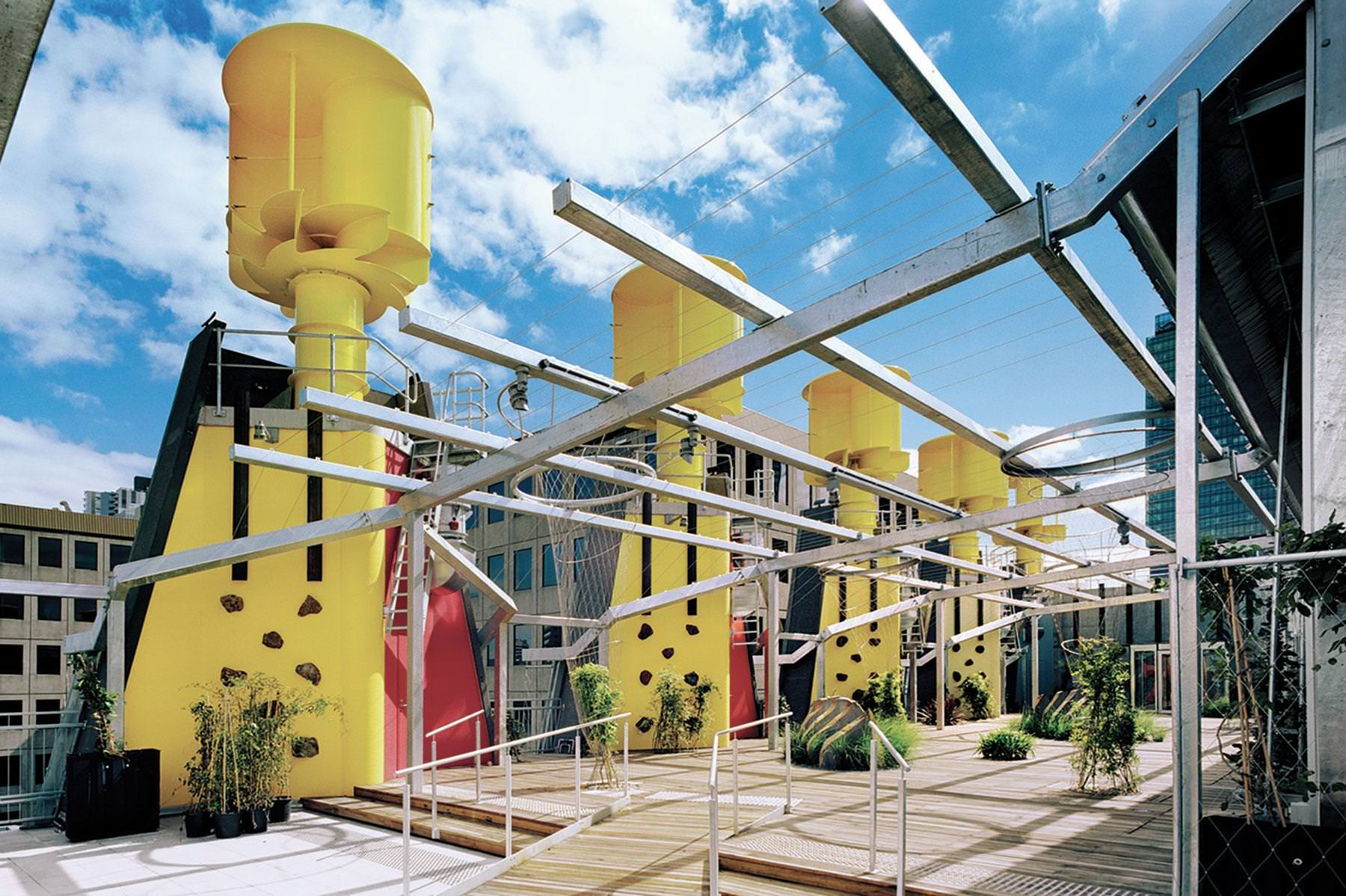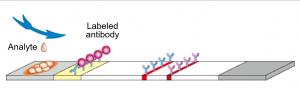Humans have grown through rapid industrialization, but at the same time nature is being destroyed and the Earth is becoming difficult to live in due to polluted air, water, and soil. As we have sought only our convenience and have used resources thoughtlessly, warning signs from all over the world are being heard, such as global warming, the destruction of the ozone layer, air pollution, and other abnormal weather phenomena. We have recognized the seriousness of environmental problems and many efforts are being made from all over the world to solve these problems.
The city is an attractive place for humans to live. However, from an environmental perspective, is it really that attractive? Due to high population density, mass production, and mass consumption, nature is being covered with concrete and garbage. In Korea, we have been seeking only economic growth. Environmental problems haven’t been considered important.
I would now like to talk about two ways to create a city where the natural environment and humans can coexist: an ecological city (ecopolis) and environmentally-friendly architecture.
Where Nature and Humans Coexist: Ecopolis
Ecopolis, also known as “ecological city,” is a combination of two words, “eco” from the word ecological and “polis” which means city. It’s a city where nature and humans can coexist for continuous development. In other words, the city itself is considered as an ecosystem. This concept was established in the 1992 Rio Environmental Conference to reach two goals: regional development and environmental protection. The main goal is to create a pleasant place where nature and humans can live in harmony. Also, an ecopolis must minimize environmental destruction and reduce use of energy and resources. Not only the environmental perspective should be considered, but also social and economic points of view .
 |
| Suncheon Bay Ecological Park |
 |
| Suncheon Bay and black crowned cranes |
 |
| Suncheon Bay in the past, piled up with garbage |
Suncheon is one of the most well-known ecopoli in Korea. Suncheon is listed as a UNESCO Biosphere Reserve and it’s considered as a city where ecological heritage is well preserved, such as in Suncheon Bay Ecological Park, Suncheon Bay Nature Reserve, and Jogyesan Provincial Park. Suncheon is showing a lot of effort to restore land to wetland by demolishing buildings to establish a sustainable ecological city. Also, the city has removed 282 electric poles to prevent black cranes from getting caught on the wires.
In fact, it hasn’t been long since Suncheon showed lot of efforts to become an ecofriendly city. Until the 1990s, Suncheon was quite different from today. Trash was piled up in Suncheon Bay, and sewage from cities and farms created a rotten smell from all over the place. The first move to make Suncheon an ecofriendly city was the civilian organization Jeonnam Dongbu District Society Institute’s effort to preserve the reed forest. In 1996, through this effort and hard work, a Korean natural monument, the black-crowned crane was sighted in Suncheon. Today, Suncheon has become a place where nature, animals, and humans live together. Currently, there are more than 239 species of migratory birds and 336 species of plants. Not only that, 10 million trees are being planted, and a green axis construction project is on its way to make a city where trees can be seen everywhere.
 |
| Artificial waterway ‘Bächle’ |
 |
| Solar Settlement |
 |
| Energy Hill Eichelbuck |
If Suncheon has been focused on preserving nature, Freiburg in Germany could be seen as an ecopolis focused on saving energy. Forty-three percent of the landmass in Freiburg is made up of forest. Environmental policies are being implemented to save the forests. An artificial waterway called ‘Bächle’ flows across the city, playing a role in controlling temperature and humidity. Freiburg is an ecological city that uses renewable energy, such as solar energy. There’s an area called Solar Settlement in this city. In here, there are 59 townhouses and commercial buildings with solar panels installed on the roofs, which produce 420,000 kW of electricity annually. The next place is Energy Hill, which recreated what used to be a landfill site as solar energy production facilities. Gas emitted from the landfill site is mixed with biogas generated from organic waste fermentation plants, which is then used in electricity and heat production.
Eco-friendly Architecture to Save the Earth
We need materials to construct a building, but where do these materials come from? For example, we need wood to build a wooden house. Cement, needed to construct buildings, is a mixture of water, sand, and gravel. As you can see, the material used in construction is obtained from nature. So, isn’t architecture an action of destroying the Earth? What I’m going to talk about now is little bit different from this idea.
What conditions should eco-friendly architecture meet? First of all, eco-friendly materials should be used. Building materials are the most important part of eco-friendly architecture. This is because it’s totally useless if materials aren’t environmentally friendly, even if the rest of the factors are satisfied. The first material that comes to mind is wood, which is one of the most widely used materials in human history. Cork, which is mostly used as wine bottle stoppers, can also be a building material. Using the properties that prevents liquid and gas from flowing through, cork is very effective in maintaining the temperature and soundproofing. Also, it’s very lightweight and has strong elasticity. Therefore, it’s commonly used as an internal and external material, especially in very humid environments.
Also, the environment should be considered even after the building is constructed. In 21st century buildings, there are high technology systems and facilities built in for heating and cooling. However, it can be said that it’s eco-friendly architecture if a building can minimize the use of energy; for example, by storing solar radiation into heat storage materials during the day and using it at night. It means the building generates its own energy. Also, storing rainwater captured on roofs and terraces and using it in ponds or household water is another way of saving the environment.
 |
| Outer wall made of recycled wood |
 |
| Plants installed on terraces for natural shading |
 |
| A pipe which controls the indoor temperature |
 |
| Wind power energy production system using released hot air |
So, is there a building that meets the standard of eco-friendly architecture? Council House 2 in Melbourne, Australia is the answer. This building’s key point is reducing energy and using nature at same time.
 |
|
1) Wind cowls: wind driven cowls will generate electricity during the day. 2) Rooftop energy: includes photovoltaic cells, solar hot water panels, a gas-fired co-generation plant and wind powered turbines. 3) Exhaust: high level ceiling exhaust ensures complete emptying of warm air in ceiling spaces. 4) Healthy air: 100% outside air supply via vertical ducts deliver air floor by floor to sealed access floor plenum. 5) Cooled ceilings: occupants experience ‘coolth’ by radiating heat to chilled ceilings overhead. 6) Shower towers: air and water fall to provide cool water for building reticulation and cool air to supplement ground floor and retail cooling. 7) Phase change material: water is piped to phase change plant for re-cooling.
|
The outer wall made of recycled wood is moved by the direction of the sunlight, which controls the indoor temperature of the building. It’s closed during the day to prevent hot air from entering inside, and opens at night, which allows cool air to flow in. Plants were installed on terraces for natural shading. A pipe is installed in the back and it’s filled with stainless steel balls made of a Phase Change Material (PCM). These PCM balls are made up of non-toxic salts and organic compounds known as eutectic salts, which freeze above 0 ℃. Therefore, these materials make PCM balls freeze at 15 ℃. When these materials undergo a phase change (solid to liquid, liquid to gas, and vice versa), it absorbs and releases a lot of heat energy. These balls store the coolness at night and use it to cool the building during the day. Simply, it works as a battery storing coolness. Also, it helps to cool the building by passing air and water down through the pipe. The hot air inside is released, which is used to produce energy by a wind power energy production system installed on the roof.
As a result, the power used for heating and cooling in Council House 2 is less than 10% that of other buildings. In Australia, where the highest temperature is 38 ℃, the building is maintained at about 24 ℃ without using any cooling and heating systems. Also, it’s the first building to receive six green stars, which is the highest rating evaluated by Green Building Council Australia.
 |
| Evaluation System by Green Building Council Australia |
Earth is our only home. Humans and the Earth have coexisted, are coexisting, and should continue to coexist. For the ecosystem that has been damaged by mankind, we should start to solve our environmental problems. In order for all creatures to coexist, we must make efforts to solve these problems. Why don’t we start doing what we can to reduce energy use, like constructing ecopoli and eco-friendly buildings? Just as small changes lead to big changes, our small moves to protect the sick Earth will have a big impact.
Kim Youngwoo kyeryoong@gmail.com
<저작권자 © 홍익대영자신문사, 무단 전재 및 재배포 금지>





